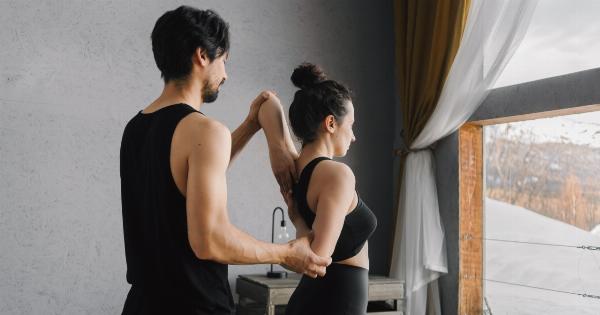Exercising regularly has numerous health benefits, including reducing the risk of chronic diseases, strengthening muscles and bones, improving mental wellness, and maintaining a healthy weight.
However, figuring out the best time of day to exercise depends on individual’s preferences, schedule, and lifestyle. Here are some insights on the pros and cons of exercising at different times of the day.
Early Morning Workouts
Starting the day with physical activity is an excellent way to boost energy and mood, enhance cognitive function, and set a positive tone for the rest of the day.
Early morning workouts allow individuals to avoid excuses, distractions, and schedule conflicts that may arise later in the day. Plus, exercising before breakfast can help burn more fat and improve insulin sensitivity, especially for people with diabetes or overweight.
However, early morning workouts can be challenging for people who are not morning persons, have trouble sleeping, or lack the time or transportation to get to a gym or park.
Also, some studies suggest that high-intensity exercise in the early morning may increase the risk of heart attacks or injuries due to the body’s natural variations in blood pressure and hormone levels. Nevertheless, light to moderate exercise such as yoga, walking, or cycling is likely safe and beneficial for most people in the morning.
Noon Workouts
For individuals who cannot fit exercise into their mornings or evenings, lunchtime workouts may be a convenient and effective option.
Exercising during the day can help break up long sedentary periods, reduce stress, and improve productivity by increasing blood flow to the brain. Moreover, some people find that exercising at noon helps control appetite and food cravings, leading to better food choices and weight management.
However, lunchtime workouts also have their downsides. Finding time to exercise during a short lunch break may be challenging, especially if a shower or change of clothes is needed.
Also, some people may feel tired or sluggish after eating and lose motivation to exercise, while others may experience digestive issues or heartburn when exerting themselves soon after a meal. Therefore, it is recommended to wait at least 30 minutes after eating before engaging in physical activity.
Afternoon Workouts
Afternoon workouts can provide a natural energy boost and help relieve stress and tension accumulated throughout the day.
Exercising in the afternoon may also be convenient for people who have flexible work schedules or prefer to avoid crowded gyms or parks during peak hours. Moreover, some studies suggest that afternoon exercise may enhance athletic performance and muscle strength by optimizing body temperature, hormone levels, and mental alertness.
However, afternoon workouts may not be suitable for everyone, especially for those who experience midday crashes or have trouble concentrating later in the day.
Moreover, afternoon exercise may disrupt sleep quality if done too close to bedtime, as it raises body temperatures and stimulates the release of endorphins and adrenaline. Therefore, it is recommended to finish afternoon workouts at least 2-3 hours before bedtime and to incorporate relaxation and stretching exercises afterward to help promote sleepiness.
Evening Workouts
For many people, evening workouts are the best time to exercise, as it helps unwind from the day’s stressors, releases tension and anxiety, and improves sleep quality and duration.
Additionally, workout partners or social support groups are more likely to be available in the evenings, making exercise a fun and rewarding social activity. Moreover, some people may find that evening exercise helps control food cravings and emotional eating, leading to healthier dietary habits.
However, evening workouts may also interfere with personal and family time, as well as disrupt circadian rhythms and hormonal balance.
Vigorous exercise close to bedtime may increase heart rate and stimulate the sympathetic nervous system, making it harder to fall asleep and stay asleep. Moreover, some people may experience muscle soreness or injuries more frequently in the evening due to accumulated fatigue and decreased muscle performance.
Therefore, it is recommended to allow for a buffer time of at least one hour between workouts and bedtime and to do gentle stretching and meditation exercises to relax the body and mind.
Factors to Consider When Choosing the Best Time for Exercise
Ultimately, the best time of day to exercise depends on various individual factors, such as age, gender, fitness level, health status, sleep quality, work and social obligations, and personal preferences.
Some questions to ask oneself when deciding on a workout schedule include:.
- When do I have the most energy and motivation?
- When is my schedule least likely to be disrupted?
- When do I sleep and eat the best?
- What type of exercise do I enjoy the most and feel comfortable doing?
- Do I have access to the necessary equipment or facilities at that time?
By considering these factors and experimenting with different workout times and routines, individuals can find the best fit for their lifestyle and fitness goals and gain the most benefits from exercising regularly.






























